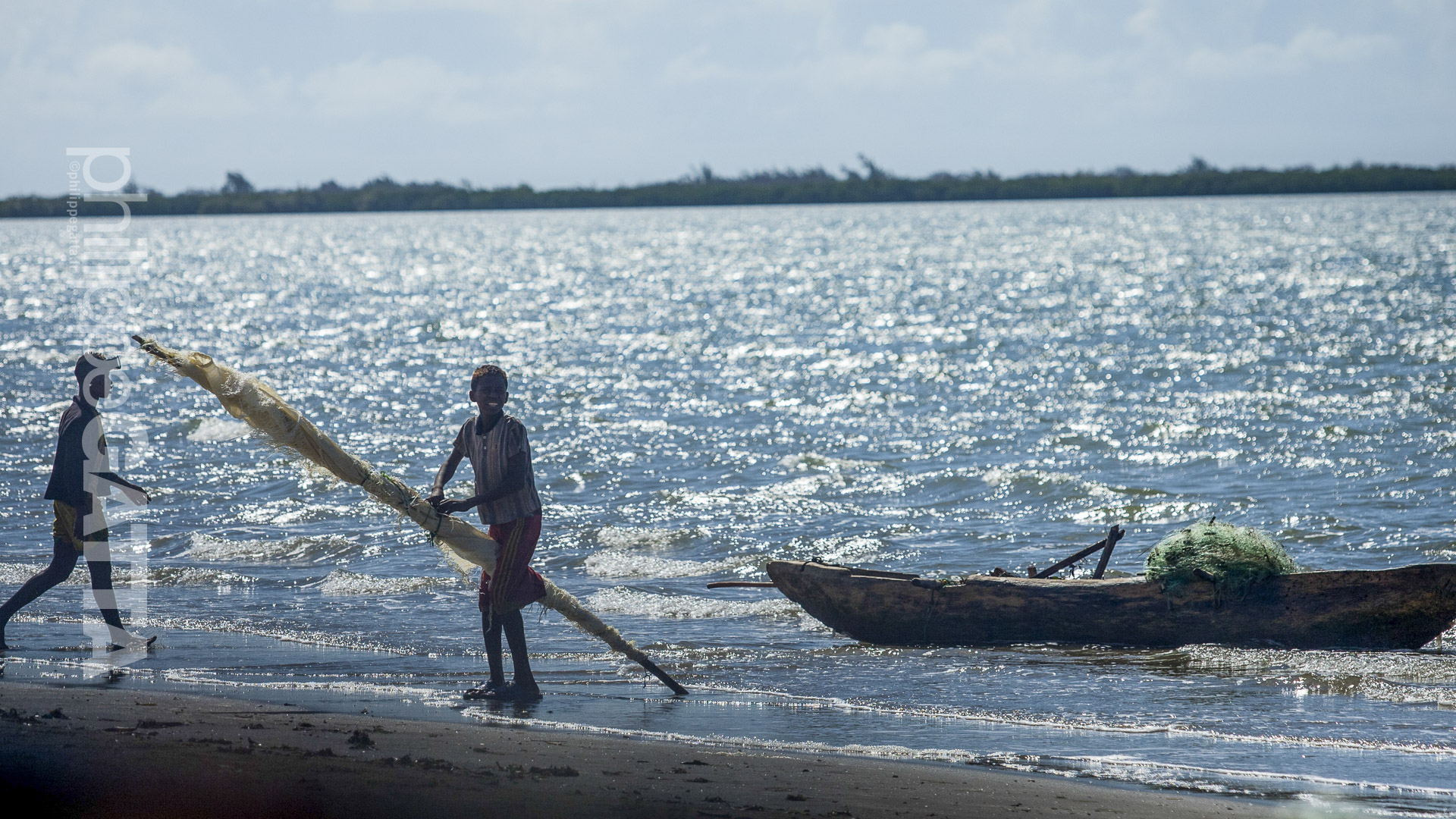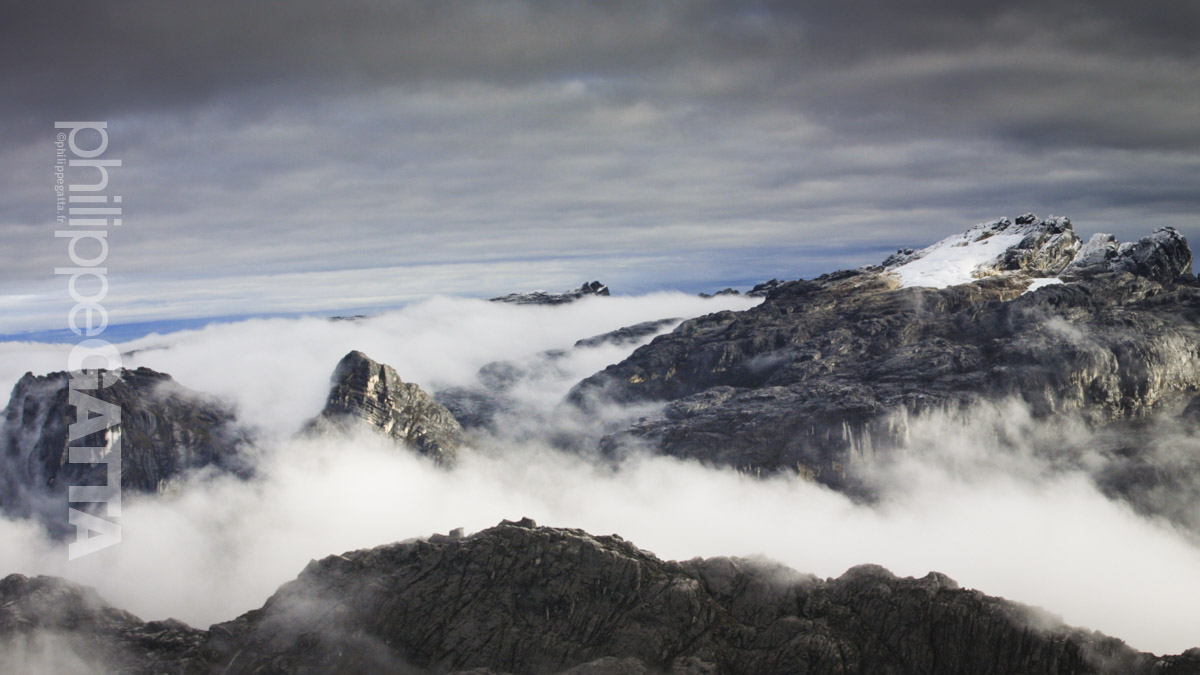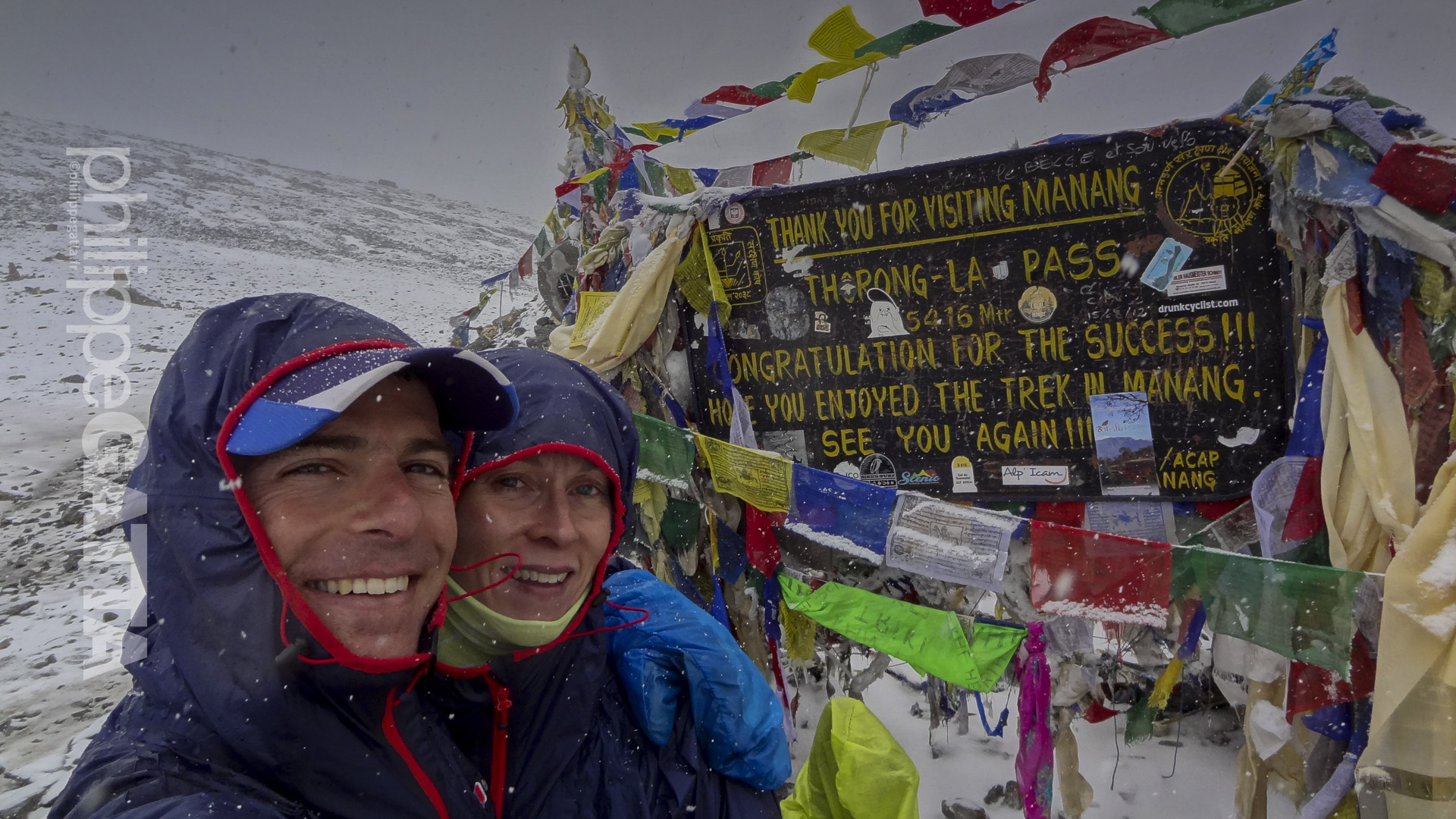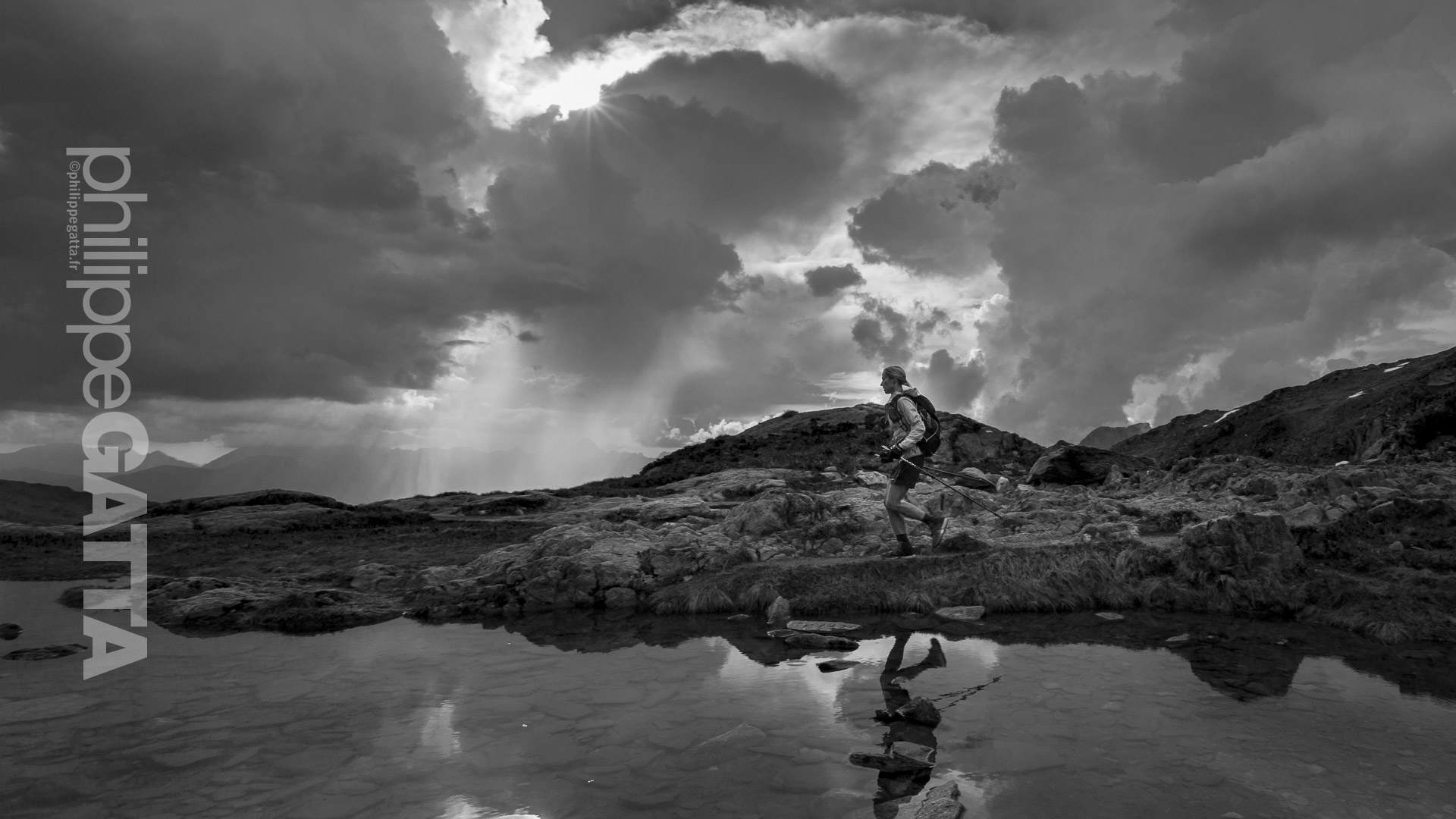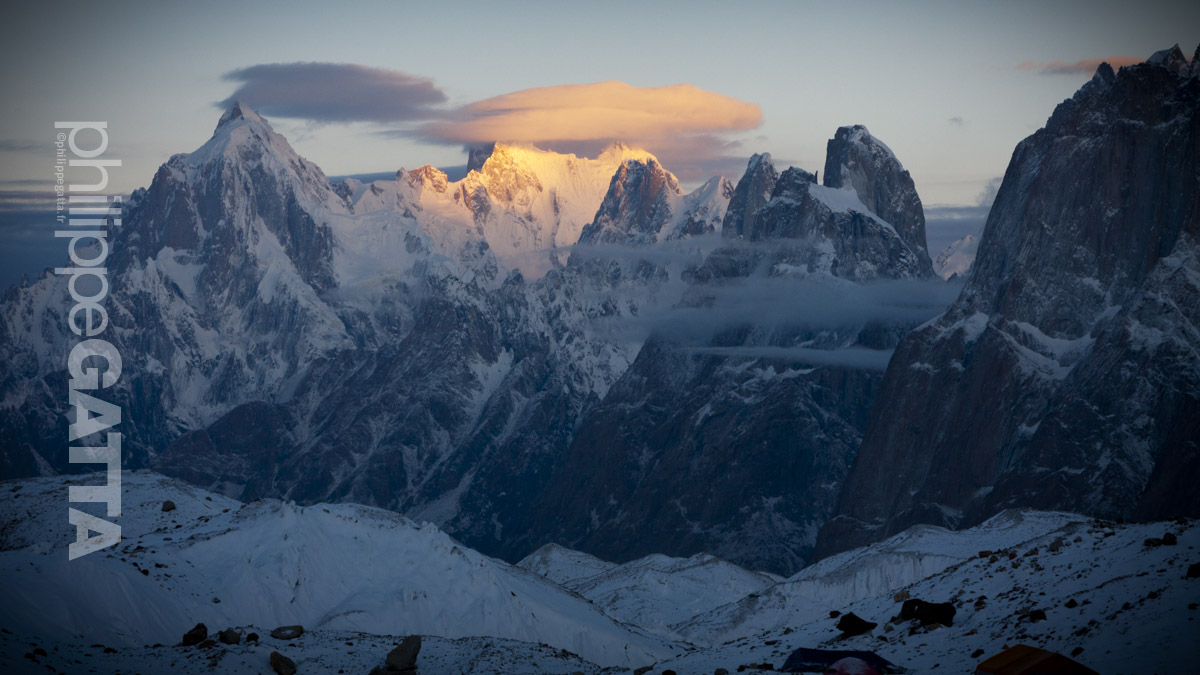WADI RUM RUNNING RACE
250KM FROM WADI RUM TO PETRA, JORDAN
The WADI RUM - Jordan
The Wadi Rum Race, a 250 km (155 miles) running race held in the Wadi Rum Desert in Jordan, starts in the beautiful Wadi Rum desert and crosses 3 more deserts – Kharaza, Humaima, and Wadi Araba – before finishing in the ancient city of Petra.
The race consists of 6 stages in 7 days, with almost 4 marathons in 4 days, followed by an 87 km stretch, a rest day, and a final 7 km stage.
Being self-supported, competitors must carry their own clothes, sleeping bags, mandatory equipment, medical/safety kit, and 7 days of food in their packs. Water and tents for the nights are provided by RacingThePlanet, but according to the rules, competitors must bring at least 14,000 calories, with many bringing more. I brought around 21,000 calories (4.3 kg) in total, including clothes, sleeping bag, and medical and safety kit, weighing 3.5 kg.
Similar to the Marathon des Sables or other RacingThePlanet events like the Gobi March, the Atacama Crossing, Madagascar, and the Last Desert in Antarctica, the concept and difficulty of the Wadi Rum Race are comparable.
The terrain is varied, with dirt roads, soft and hard sand, riverbeds, and canyons. Although the temperatures are cooler than in other desert races, making running more pleasant, the nights are quite cold.
All competitors arrived in Petra a couple of days before the race, leaving enough time to visit this great place. On Saturday we had the race briefing, equipment review, check-in and then we went to the first camp in the Wadi Rum desert. The race started the Sunday morning and ended the following Saturday.
This race was a bit special as I started already tired from the Great Himalaya Trail and a trail running trip in Patagonia just a month before. However it was still a pleasure to participate and meet many friends again.
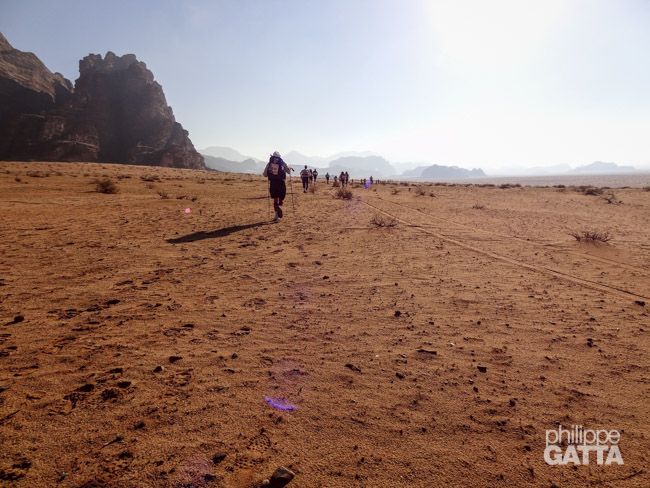
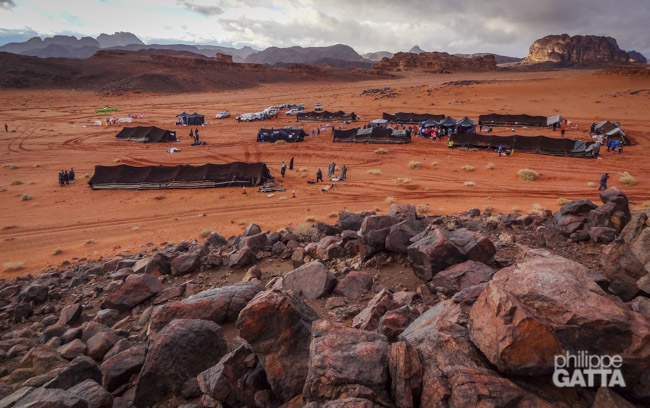
The race
February 15: Briefing and transfer to Camp 1
On a cold and rainy Saturday morning, 185 competitors from 35 different countries departed Petra and reached camp 1 after a 2.5-hour bus ride and a short Jeep drive. As a result, the desert had an unusual appearance. With the rain penetrating the tents and soaking the sleeping bags, the first night was uncomfortable.
February 16, Stage 1: "Lawrence's playground" - 39.7km
Like other competitors, I had a terrible night due to the constant rain that left my sleeping bag soaked, making me feel freezing and unable to sleep.
Despite the ongoing cloudy and rainy weather, the rain helped in two ways: packing the sand and making running at 10 degrees easier than at 45 degrees. I managed to run 20 kilometers before experiencing severe leg pain, forcing me to slow down and finish in a low thirtieth position.
The rain persisted throughout the afternoon, causing chaos in the wet Bedouin tents, clothes, and sleeping bags. As a result, the camp was busy with people gathering around the campfires to stay warm.
February 17, stage 2: "Wadi Rum rock formations" - 36.6km
Despite shivering all night, the return of the sun provided an opportunity to appreciate the breathtaking scenery of the Wadi Rum desert.
However, my legs remained painful due to the 2,000km run completed in the past four months.
Regardless, I pushed through with the hope of avoiding injury for my upcoming Makalu expedition scheduled for the following month.
Despite the discomfort, my spirits were high, and I thoroughly enjoyed the incredible Wadi Rum desert.
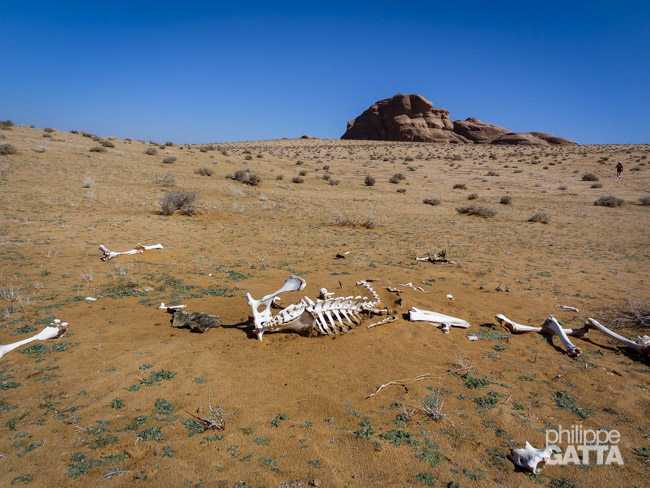
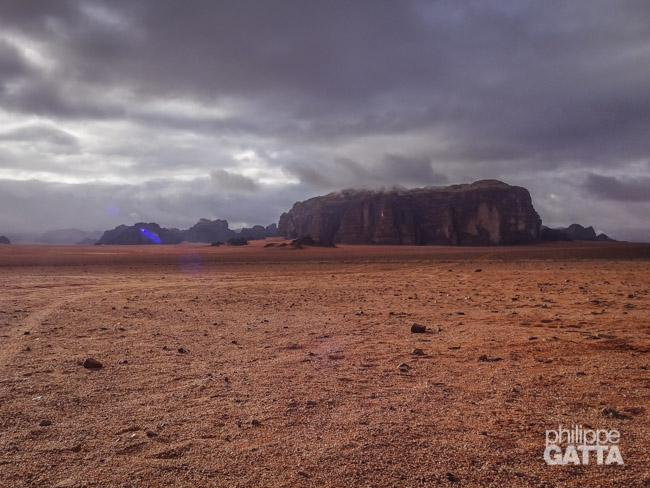
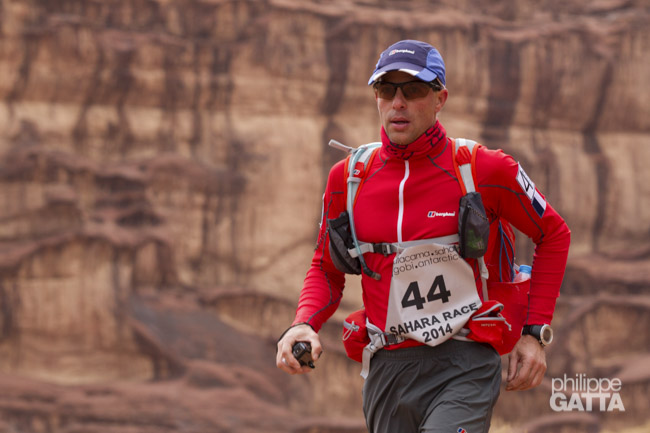
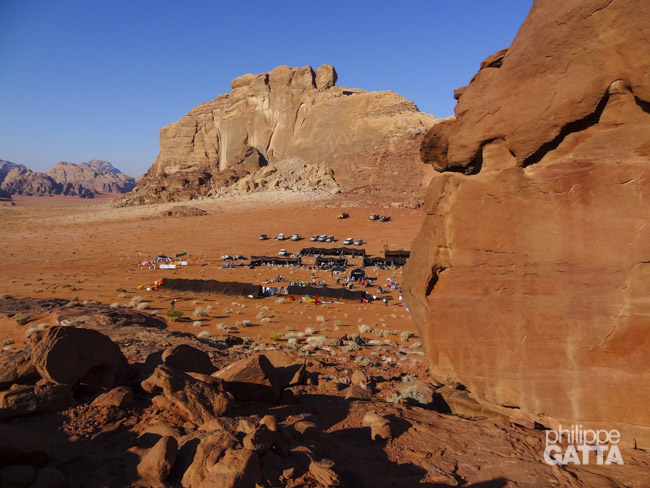
February 18, stage 3: "Camel racing in Twaissah" - 37.2km
What an amazing stage! The first 20 km were just amazing, the Wadi Rum is definitively a beautiful desert.
We started in a narrow canyon with some scrambling.
Right after the canyons we saw a camel giving birth in front of us.
The canyons were followed by another beautiful 10km of orange sand surrounded by high cliffs.
After the dry salt lake, the scenery was not as nice as we entered in the Kharaza desert but the sunset from the camp was amazing.
February 19, stage 4: "The rock Bridge" - 39.3km
I thought I was okay when I took the start but had pain in the legs after 8km. So I listened to music and enjoyed the view.
We felt a bit more in a desert today as it was much hotter than the previous days.
Then we crossed the Rock Bridge
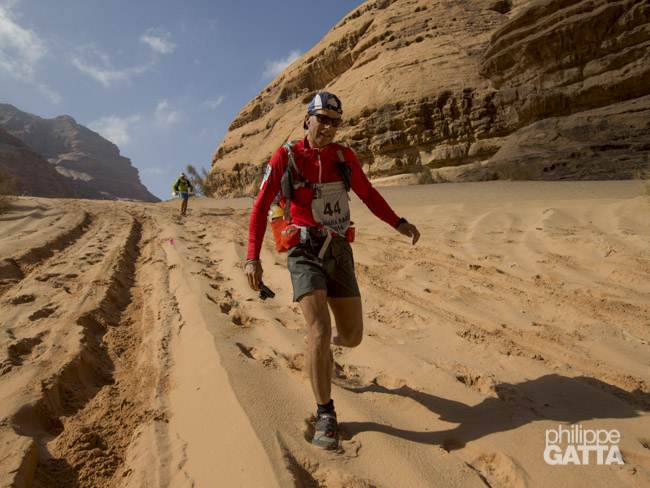
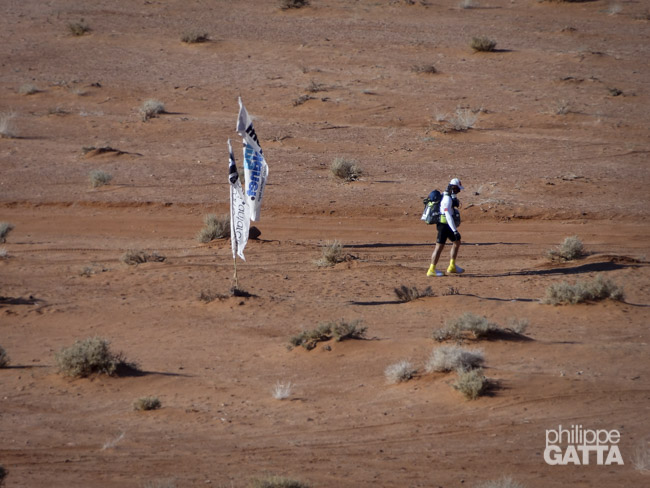
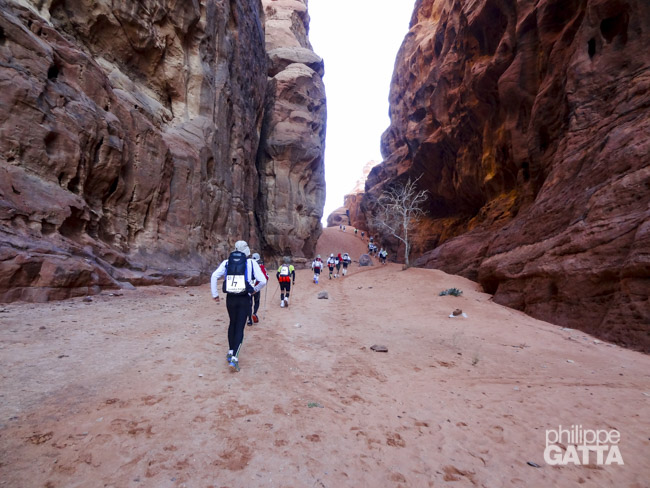

February 20, stage 5: "The Long March on the Turkish road" - 86.3km
From RacingThePlanet’s newsletter (edited):
“The much anticipated Long March started with 182 competitors at 8:00. Everyone was excited for the final push but hesitant about the news of a recently formed river crossing in the canyon.
Philippe Gatta was already enquiring after what food will be at the final finishline. Linh Huynh of Canada who has previously completed the Antarctica Ice Marathon as well as the North Pole Marathon was looking forward to the day. “I have never hurt this much but am so excited”, she said. Jordanian Mohammad Al Swaiti in 4th position was looking to see who is in front and behind him to know how hard to push today.
The weather looked promising with blue skies and breeze as the competitors left the finish line, descending into Wadi Ahaimer canyon where they will be running for the next 20 kilometers until starting the long section on the famous Turkish road.”
86.3 km
We left the camp in a nice sunny day, hotter than the previous ones. We had to take more water as the first 21km were in a canyon and even though there was a check point, there were no water provided. The canyon was narrow, beautiful and shady which was good news. The terrain was rough and I was so glad to not have any blisters.
I started slowly and was 45th at the first check point. No pain in the legs anymore and not tired! I ran a bit faster and passed 20 people in the hottest section of the canyon and the following riverbed. We got a succession of canyons, riverbeds and rocky terrain up to check point 4.
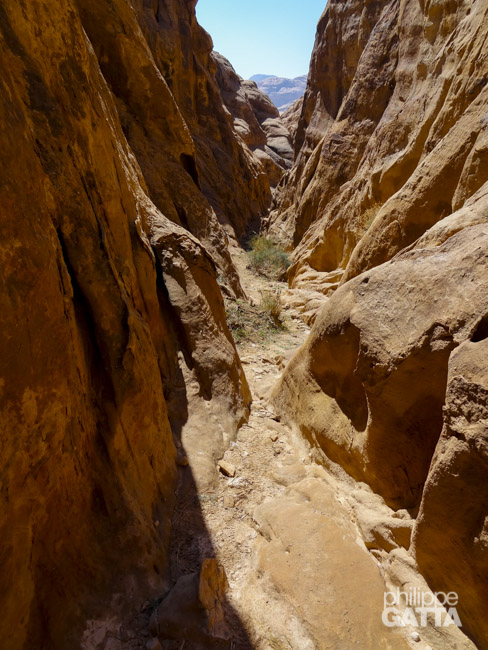
Then we climbed 710m in the heat up to the old Turkish road.
After the sunset I ran 20km with Sandy (1st woman) and kept on running. I was feeling good and enjoyed most of the stage. Finally, I ran all the way to the end, passing another 20+ people and ending 13th in 12hours something. I was so happy that the long march went so well for once.
Alex arrived just 10min after me. We had a quick cold dinner and went to bed in a tent with half of the wall on. It was windy and cold but we were so happy to be at the camp. I almost didn’t sleep – as always after a long run. A mix of too much fatigue, tired muscles, excitement and adrenaline.
February 21: rest day
We spent the day resting, talking and having fun.
February 22, stage 6: "The final footsteps to Ancient Petra" - 5.6km
The last day was short and not timed so we could enjoy the last kilometers in Petra.
After a few kilometers around amazing rock formations we entered in the Siq and finished in front of the Treasury of Petra.
